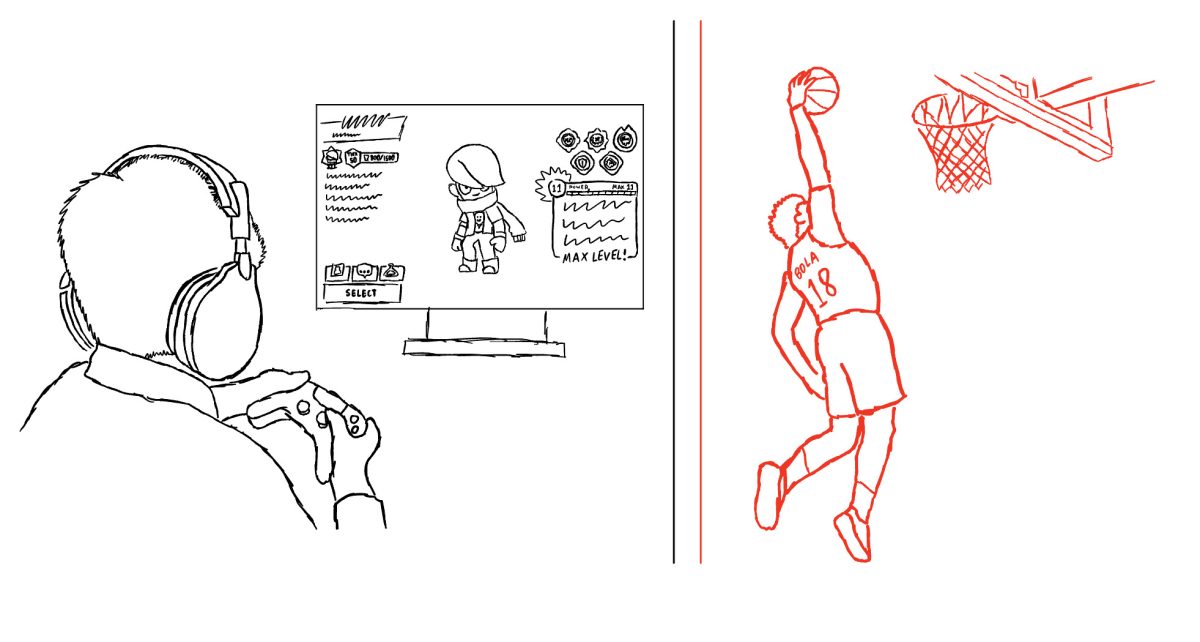ACT and SAT scores have historically been an important factor in college applications. Yet, concerns about equity surrounding the test requirement have existed for years; the issue entered the spotlight after COVID hindered students from taking these standardized tests. Over these last few years, most colleges have made the switch to test-optional application policies.
Schools that are test-optional do not require ACT or SAT scores, but still allow students to submit them if they choose to. With 80% of colleges implementing the choice, a plethora of debate has arisen, but does ultimately prove beneficial to students.
Even if you are not a bad test taker yourself, you probably know someone who is not great at acing standardized tests. Even some of the best and smartest students are prone to receiving low scores. Test-optional applications promote students to succeed academically over multiple years in high school, rather than relying on the four hours of a standardized test. By going test-optional, students are not defined by their low scores.
Schools that require test scores prevent stellar students from applying. Even if a student is more than qualified in terms of GPA, activities, and awards, their chances of acceptance dwindle with their test score being below the school’s average. With the absence of the test requirement, students do not need to put themselves at a disadvantage by submitting their bad scores and can still highlight successes in other areas of their application. Test-optional schools open up applications to a wider, more well-rounded pool of students.
Not only does the test-optional status open applications to academically qualified students, it allows students from diverse financial backgrounds to apply.
“Test takers whose families were in the top 20 percent of earners were seven times as likely in the bottom 20 to score at least 1300,” says Aatish Bhatia from the New York Times. 17% of those in the top 20% income group–compared to only 2.4% of those in the bottom 20% income group–scored above a 1300 on the SAT.
Simply taking part in an SAT costs $60 per exam taken; adding the writing section and the SAT website has a long table of supplemental costs, from late registration ($30) to score verification ($55). Students are encouraged to retake the standardized test, giving rise to the costs as they add up. The lofty costs of SAT exams–or ACT exams at similar price points–prevents students in lower income families from testing until they reach a desirable score that reflects their academic capabilities according to their target schools.
Many students choose to take part in test preparation programs. However, these classes also carry a high sticker price. A popular program, Princeton Review SAT Prep, guarantees scores as high as the 98th percentile, with prices ranging from $200 to a staggering $1,999. These costs alone make it clear that poorer students are at an immediate disadvantage to the wealthy as they cannot access the resources to acquire strong test scores. Without the financial means to improve, low-income students may remain static.
Giving students the choice to submit their test scores gives low-income students the freedom to apply to competitive schools and helps dismantle the educational divide between the upper and lower class.
Even though in-person or virtual exam prep classes with an expert are beneficial, there are free online practices that students, especially those without financial support, can use to prepare. YouTube and TikTok are home to many accounts with testing hacks and linked websites leading to practice tests.
However, many of the students from low income households do not have access to technology or internet connection that would allow them to take advantage of these resources. In addition, many students require more help than what they can give themselves, and have a legitimate need for one-on-one help with a professional.
Test-optional applications are overall beneficial to the student population. It does not harm a good test-taker’s chances of admittance, as they can still submit scores. Going forward, schools should maintain their test-optional status to ensure equity for students of all situations.








